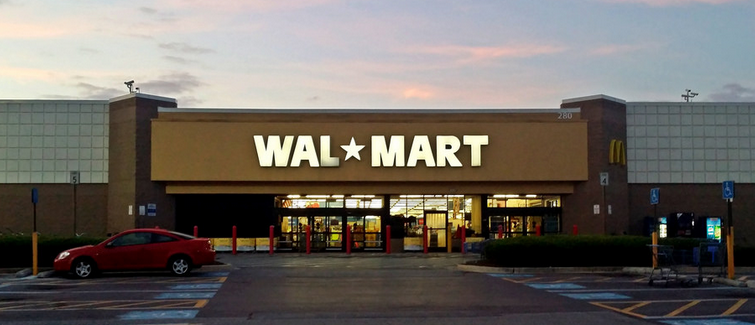Walmart Still Avoiding Paying $7000 Fine For Worker Killed By Black Friday Shoppers In 2008
The fine was the result of an investigation by the Occupational Safety and Health Administration (OSHA), which found that Walmart did indeed put employees at risk by failing to put “reasonable and effective” crowd management in place. When the fine — the maximum possible — was levied in May of 2009, Walmart had 15 days either to pay or to appeal.
The chain, which brought in over $475 billion in revenue last year, chose to appeal the $7000 fine. A year later, in 2010, they’d spent more than $2 million on the appeal. Their argument went to the Occupational Safety and Health Review Commission — an independent group set up to rule on challenges to OSHA penalties — back in 2011. And it’s been sitting there ever since.
The appeals process can take years, as the Huffington Post explained today. And it’s clearly not about the money but is, for Walmart, about the principle of the thing.
OSHA regulations, the HuffPo explains, tend to be very specific. You can’t use X chemical without ventilation, or allow people to do Y task without safety equipment, or permit employees to spent more than Z hours per week in certain kind of conditions.
But when OSHA found Walmart at fault for the employee’s death, they used something called the general duty clause as the basis for their fine. The general duty clause is exactly what it sounds like: a piece of regulation about workplaces having a general duty to provide safe working conditions. Specifically, the clause says that employers have a responsibility to make their workplaces “free from recognized hazards that are causing or are likely to cause death or serious physical harm to [their] employees.”
It’s easier to pinpoint and prove a specific kind of harm. Demonstrating that an employer should have been aware of a more nebulous “recognized hazard” is a harder point to prove. And employers love to push back on any ruling made under the general duty clause as too vague.
Walmart’s basic case, therefore, is that they had no idea that the mob at the gates — that they invited, with their marketing, and that they did not put measures in place to control — was a recognizable hazard. If Walmart wins the appeal, then there’s no precedent on the books for retailers that crowd control is a safety risk for which they are responsible. If OSHA prevails, on the other hand, then regulators would have a case to point to in the future to say, “Walmart did this, we fined them, this is reasonable, you should have known better.”
Since 2009, the retailer has changed their Black Friday crowd management protocols. A spokesperson for Walmart told the HuffPo that “we took major steps working with crowd experts, law enforcement and people who do this for a living to see and help set up our stores,” including staggering sales throughout the day and spreading out merchandise so fewer knots of frenzied people form.
Six Years Later, Walmart Still Hasn’t Paid A $7,000 Fine For Black Friday Worker’s Death [Huffington Post]
Want more consumer news? Visit our parent organization, Consumer Reports, for the latest on scams, recalls, and other consumer issues.


